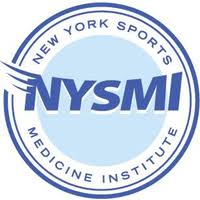
New York Sports Medicine Institute | Our Orthopedist in NYC
We are committed to excellence by providing the best orthopedic sports medicine care. Along with the treatment of immediate or chronic problems, NYSMI strives to integrate the doctrine of prevention in all treatment plans as a way to alleviate future difficulties and produce the best outcomes.
NYSMI provides patient care for patients 3 years old and up, with treatment and surgery for orthopedic and sports injuries, to alleviate shoulder, knee, hip, and various other pains, from the mild to the severe.

